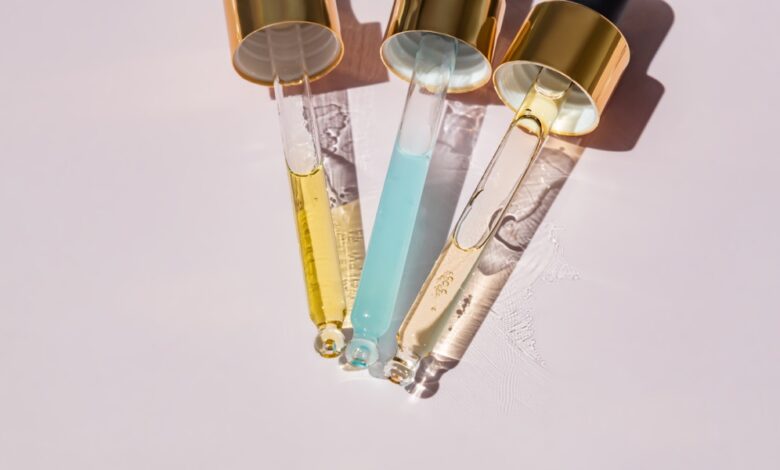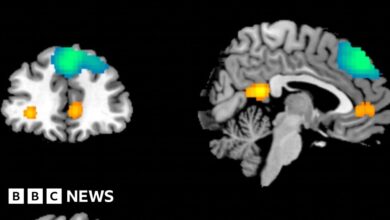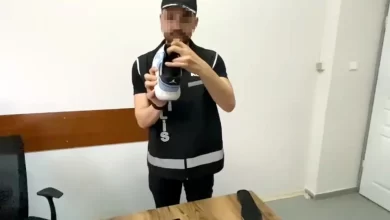Research: how to recreate a complex perfume with Artificial Intelligence

Together with his colleagues, Idelfonso Nogueira, a professor in the Department of Chemical Engineering at the Norwegian University of Science and Technology (NTNU), managed to recreate two fragrance formulas using Artificial Intelligence [1].
Two compositions recreated with AI
They started by working on the olfactory profile of two fragrance compositions. The first objective was to characterize the fragrances according to their dominant notes, based on a mathematical model taking into account the olfactory value of a selection of molecules. The two compositions were given the highest intensity score, one in the “coumarin” family, the other in the “alcoholic” fragrance family.
The second work phase consisted in training the AI, an artificial neural network. To do this, the researchers compiled a database of known molecules associated with specific perfume notes. Thus trained, the AI was able to generate a set of combinations of olfactory molecules recreating the two fragrance compositions previously characterized.
Reproduction down to the olfactory pyramid
Recreating a fragrance is not just about assembling molecules. To reconstitute an original scent, one major parameter must be taken into account: the interaction of each of the molecules with their environment, which determines the overall olfactory behaviour of the formula. Our olfactory perception can actually be modified by the interaction of molecules with their environment, such as air, water, or our skin. This is the concept behind the olfactory pyramid. First come the top notes, consisting of the most volatile molecules, which we perceive when the fragrance is sprayed; then, the middle notes, which develop for several hours after the top notes have evaporated; and lastly, the base notes, which can make the fragrance last several days. Professor Nogueira’s team took this parameter into account in their work and were able to select molecules with interaction profiles as close as possible to those of the molecules in the two scents studied.
To perfect their creation, the researchers wanted to reduce the margin of error in the molecule selection. To this aim, they used AI again to minimize the differences in scores between the two target compositions and their AI-derived replicas.
In the end, while their creation for the coumarin family showed slight differences, the alcoholic fragrance was highly faithful to the target composition.
Speeding up creative processes
It is obviously extremely complex to reproduce the scent of a given composition. That is why the initial research was meant to train the AI on a limited database of olfactory molecules. But it is clear that a more extensive database, particularly of more complex molecules, would offer far greater, more accurate reproduction possibilities. According to Professor Nogueira, this process could help the perfume industry develop more sustainable compositions, faster, and at lower cost.
In addition to perfumers, AI is also of interest to skincare and makeup brands when it comes to saving product development time. And there is plenty of room for improvement when you consider that development can take up to three years! Ingredients, textures, and efficacy tests are the three main areas of learning for algorithms that would facilitate the creation of optimum formulas that meet consumer expectations as well as cost and quality requirements.
Preserving the olfactory heritage
In addition to copying existing perfumes at lower cost – reduced research time, rationalization of raw materials –, this AI application paves the way for many other possibilities, like recreating smells from the past: an approach dear to historians to trace the olfactory contours of an era.
AI could also make it possible to safeguard current scents threatened with extinction due to global warming or globalization, such as lavender from Provence, ylang-ylang from the Comoros, or tonka bean from Venezuela.
Once again, Artificial Intelligence is emerging as a vast source of innovation and creation, with a promising application in the beauty industry. In addition to the inspiration it offers noses and formulators, it also provides solutions for optimizing and customizing products – enough to soon revolutionize major companies’ development processes, but also to help daring individuals with limited means launch their own products at lower cost.



